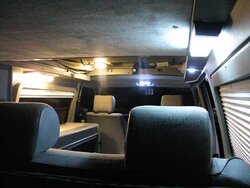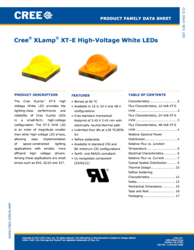Has anyone been able to locate any 12v LED bulbs that are REALLY "warm white" - that is, they have a color temperature of 2700 degrees (or less) and a good CRI (color rendering index) ?
I am doing some landscape lighting, and I don't want to have the electricity consumption (or the wiring requirements) of incandescent bulbs. But so far I can't find any that don't look like dog puke (even ones that claim to be "warm white").
I'm specifically interested in "wedge base" bulbs, and in rope light.
I've looked at 1000bulbs.com and at superbrightleds.com. I've bought some ZoneTech ones of Amazon that look like crap (FWIW, they did not claim any particular color temp).
I am doing some landscape lighting, and I don't want to have the electricity consumption (or the wiring requirements) of incandescent bulbs. But so far I can't find any that don't look like dog puke (even ones that claim to be "warm white").
I'm specifically interested in "wedge base" bulbs, and in rope light.
I've looked at 1000bulbs.com and at superbrightleds.com. I've bought some ZoneTech ones of Amazon that look like crap (FWIW, they did not claim any particular color temp).



